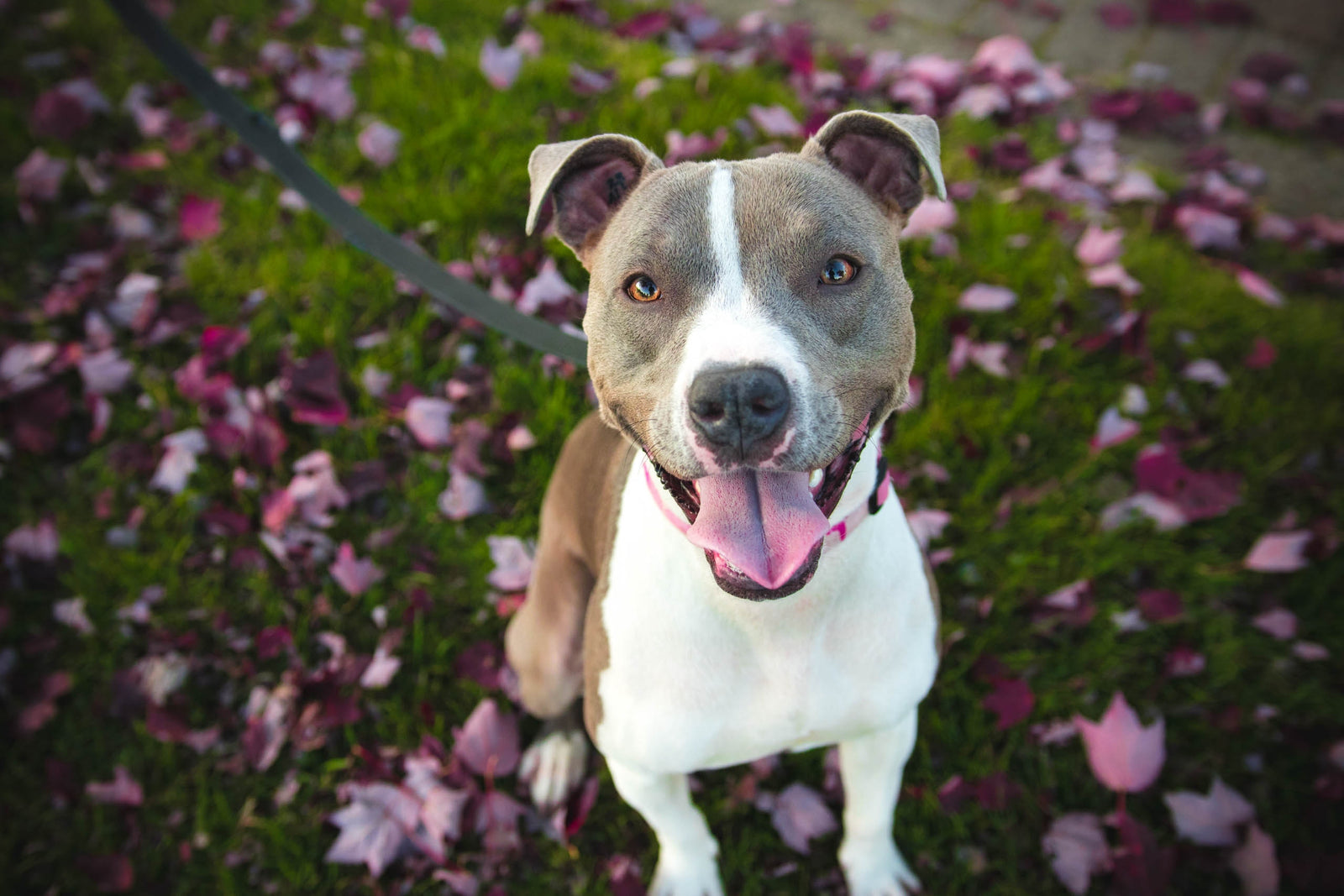Your Cart is Empty
- NEW IN!
- Dogs
- Small Animals
- Home & Garden
- Outlet Store
Your dog loves being outdoors and strives to move forward and explore! Your pet is often capable of walking at a faster pace than yourself and, particularly if they are a stronger, larger or more energetic breed, this can make keeping them by your side more challenging!
Pulling on the leash and control problems are one of the huge factors that can ruin the duration of a walk for both you and your pet. It’s really important to remember that when your dog is pulling on lead they aren’t trying to be pack leader or dominant over you their human leader. There are many reasons why a dog will pull on the lead, which can range from excitability to anxiety or a lack of impulse control. Ingraining good behaviours from an early age will help your dog cope with these factors, meaning that they can remain calm and controlled when meeting any new people or dogs.
At Barks & Bunnies, we understand the importance of building a good relationship with your dog and solving these problems. Many pulling issues are both preventable and manageable, with the right techniques, training and reinforcement. See some of our top tips for training and equipment below:
When a harness features a lead attachment point on the back of the harness and front chest panel, it gives the advantage of being able to use a double ended dog lead. This can help your dog to learn to 'walk in balance,’ naturally reducing the amount of pulling - whilst also providing you with more control. Find out more about how harnesses can reduce pulling, here.
By attaching your dog’s lead to a harness rather than their collar it also helps protect your dog’s delicate neck area. Many dogs find the sensation of wearing a harness naturally calming, making them more relaxed. A harness like the Front Range from Ruffwear is ideal for distributing weight-load during your walk.
Work in partnership with your dog, try to help show them what you want in a kind, gentle and consistent manner. If your dog pulls and you respond by moving in their chosen direction, this is then likely to reinforce the idea that pulling at their leash will get them to where they want to go faster. When your dog pulls, instead stand still and don’t respond by allowing them to move forward until they relax and the lead becomes loose. If you feel that your dog isn’t responding then you can even try moving in the reverse direction by quickly turning around and calling them to you with an excited voice whilst walking away from the thing they were trying to reach. It’s important that, whilst not reinforcing this bad behaviour, you’re also careful not to punish your pet by shouting or tugging back at them. Calm and controlled reinforcement will be much more effective.
Every time your dog falls into a step beside you then you can reward them with a treat. With this method they will quickly learn that being by your side is the best place to be! Reward them with a tasty natural treat such as the Green & Wilds Chicken Roll Bakes or the Soopa Kale & Apple Healthy Bites. We have a huge range of treats available for behaviour reinforcement training, meaning there’s always an exciting new flavour for your dog to try! See our full range, here.
You need to be consistent with your training, to ensure that your dog doesn’t get confused and that they can quickly recognise and understand the behaviours you are reinforcing. Make sure to stick to a pattern of never rewarding pulling and always rewarding controlled, calm walking.
We have a huge range of pet training and behaviour equipment available to help train your pet. Our reliable training collection includes dog leads, harnesses, clickers, whistles and more. We also have a range of fun training toys - because behaviour reinforcement can be playful for you and your pet! Shop our collection today.
